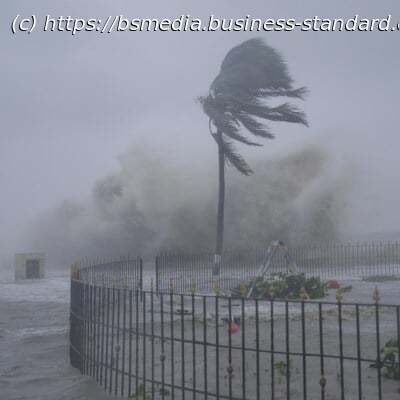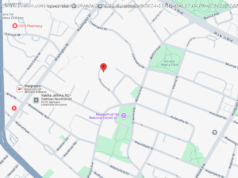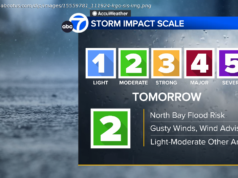Almost 500 Jamaicans were in shelters by Wednesday afternoon, PM Andrew Holness told reporters, urging people in high-risk areas to move
Hurricane Beryl churned menacingly over Jamaica on Wednesday afternoon, after uprooting trees, ripping off roofs and destroying farms as it forged a destructive, water-soaked path across smaller Caribbean islands over the past couple days.
The death toll from the powerful Category 4 hurricane rose to at least nine, but it is widely expected to rise as communications come back online across drenched islands damaged by flooding and deadly winds.
Click here to connect with us on WhatsApp In Jamaica, the storm hit the island’s southern coast on Wednesday afternoon, pummeling communities with intense wind and rain as emergency groups evacuated people living in flood-prone communities.
« It’s terrible. Everything’s gone. I’m in my house and scared », said Amoy Wellington, a 51-year-old cashier who lives in Top Hill, a rural farming community in Jamaica’s southern St. Elizabeth parish. « It’s a disaster. »
« We have not seen the worst of what could happen », Holness said. « We can do as much as we can do, as (is) humanly possible, and we leave the rest in the hands of God. » The airports in the Jamaican capital, Kingston, and tourist-popular Montego Bay were closed throughout the day.
The loss of life and damage wrought by Beryl underscores the consequences of a warmer Atlantic Ocean, which scientists cite as a telltale sign of human-caused climate change fueling extreme weather that differs from past experience.
Ralph Gonsalves, prime minister of St. Vincent and the Grenadines, one of the hardest-hit areas in the eastern Caribbean, said in a radio interview that the country’s Union Island was « flattened » by Beryl.
« Everybody is homeless . It is going to be a Herculean effort to rebuild. »
Speaking to state media, Nerissa Gittens-McMillan, permanent secretary at St.






